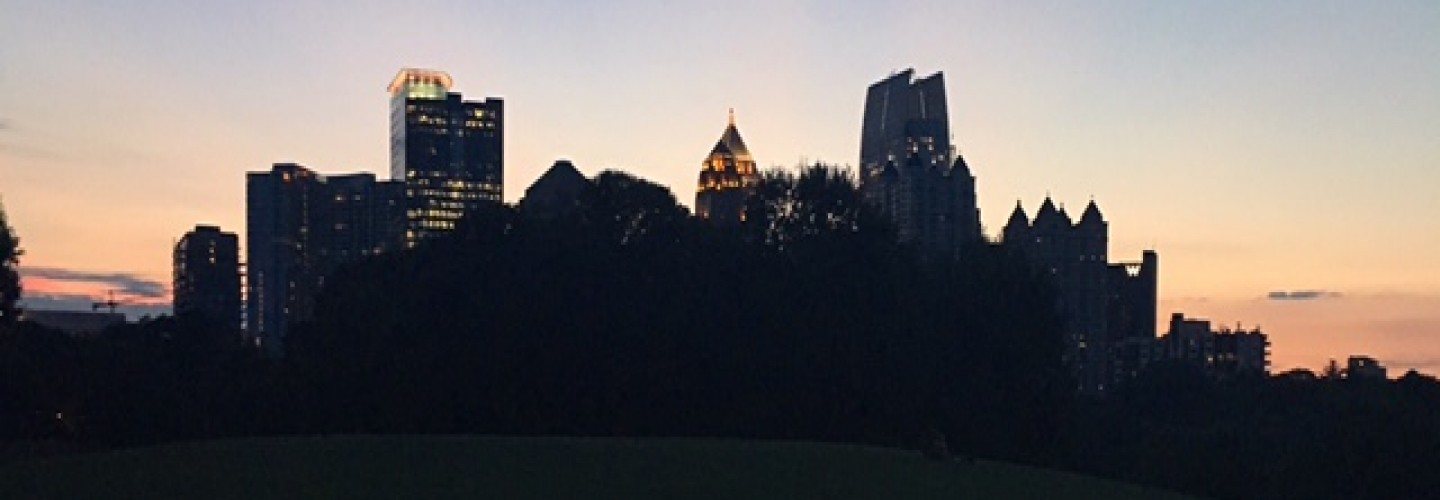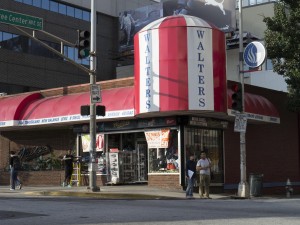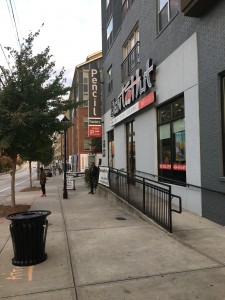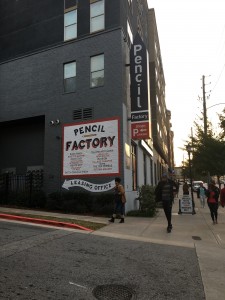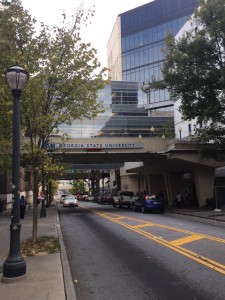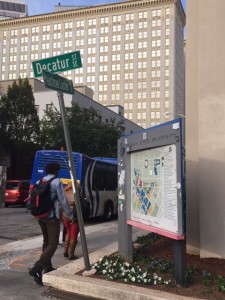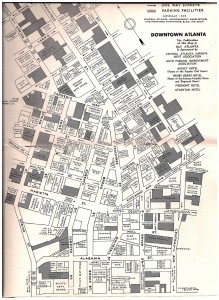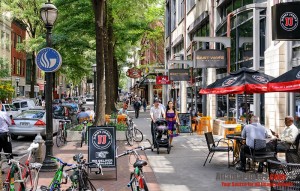Walking along a busy road in downtown Atlanta, you see and hear a lot of interesting things; mostly cars whizzing by, but here and there you find pockets of activity. Unlike most streets in the downtown area, Decatur Street is almost always active with plenty of new, clean buildings to gaze at. Even with the mass exodus of most of downtown’s businesses, Decatur Street has managed to stay alive and well as it has for over 100 years. As early as the turn of the century, this street was part of a relatively wealthy black neighborhood. Sincce then, the area has seen various ups and downs, and it is currently in one of its highs. Being one of the original seven streets in Terminus, Decatur runs throughout many neighborhoods in the downtown region. It’s most heavily congested area, though, runs through our very own Georgia State. Flanked by Classroom South, Willy’s, and the library on one side, and Urban Life, Langdale Hall, and Walter’s on the other. The street cuts directly through the heart of campus. Anywhere along this street near main campus, you can find flocks of students migrating from one end of campus to another. Even the pedestrian bridge overhead is packed with students moving between buildings. On the way to and from the Honors College, I pass over a very different part of Decatur Street as I walk down Hill Street to my apartment. I walk right past the Pencil Factory Shops and Flats, with Bada Bings bar directly across the street from me. While this area is becoming a cleaner, more residential area of the city, you can’t help but acknowledge the very distinct smell of homeless people as you walk past these shops. Right as you cross Decatur Street, there is a tunnel where you can find at least three or four homeless people laying on the ground at any given point. In the city’s efforts to repurpose abandoned parts of the city, the old Pencil Factory was converted into shops and apartments. Along the street on ground level, the storefronts are heavily populated with restaurants, bars, pubs, and grocery stores. As you walk past on weekend nights, the many bars and pubs are packed to capacity with people cheering on their teams and booing the refs. Other nights, the street is quieter, where you can find people sitting in any of the various restaurants, of which Bento Hut is my personal favorite. A little farther down the road in the opposite direction of campus, looms a massive concrete structure adorned with colorful paint on the sides of it. This part is the King Memorial MARTA Station. This section of Decatur Street is much quieter. I’ve passed by, both driving and walking at various times of day, and I have never seen anyone enter or exit the station. Overall, it is hard to come up with just a few ways to describe Decatur Street. Because of how much of the city it spreads across, each individual section of the famous street has its own environment, vibes, and characteristics. It truly is one of Atlanta’s treasures.
